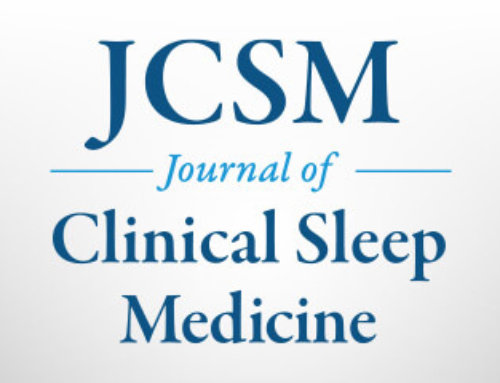The American Association of Sleep Technologists (AAST) commissioned an independent consulting firm, McKinley Advisers, to conduct a current assessment of salary and compensation for sleep technologists. The AAST 2016 Salary and Benefits Survey was released in May. The survey compares current findings with the AAST’s previous salary and compensation surveys from 2007 and 2010. An online survey was sent to 5,144 member and nonmember as well as sleep center email addressees. The response rate was 16%, representing 832 respondents.
FACILITY METRICS
Summarizing some of the facility-based metrics, the number of sleep studies per week was increased from prior surveys as well as the number of beds per facility and the average number of employees. This may indicate more awareness of sleep disorders and effective sales and marketing; however, some of these metrics could reflect mergers and consolidation with the closure of smaller centers. Of note, home sleep apnea tests (HSAT) increased from 0.3% of total testing in 2007 and 0.6% in 2010 to 11.9% in 2016, which is a 2,000% increase. The region with the smallest percent of HSAT was the Central South: Arkansas, Louisiana, Oklahoma, and Texas. Center-based studies have still increased – by an average of 10 per week compared to 2010.
Who is the average sleep technologist?
The average sleep technologist is a female (69%) RPSGT (54%) working nights (57%) in a hospital-based (51%) AASM accredited (80%) center.
EDUCATION AND TRAINING BENEFITS
Clinical coordinators and specialty technologists had the highest number of advanced degrees, respectively. Interestingly, trainees had a higher percentage of associate degree or higher education than their technician, technologist, and scoring technologist peers. This may be due to more rigorous requirements for certification and licensure, more available educational programs, or an understanding that an AS degree will be required in the future.
The survey shows that there is a +17% pay differential for a credential and that the majority of respondents thought a credential is “extremely important” for increased pay and advancement opportunities, even if not required by the facility or because of state regulations and reimbursement requirements.
Sleep technicians, technologists, and specialty technologists have an opportunity to increase their pay rate by 30-35% over the course of their career. When we tell entry level students and trainees that the average pay rate of $18.84 is just a starting salary, we now have the data to back it up. Of all positions, shift supervisors saw the greatest increase in salary from 2010: a whopping 57%! Managers and directors saw more modest increases in starting and top annual salaries but reversed the downward negative trend seen between 2007 and 2010.
REGIONAL SALARY DIFFERENCES
The regions that pay the best are the Northeast and Mid-Atlantic. The Southwest, the Central South, and Southeast pay the least in most positions. Contributing factors probably include cost-of-living, reimbursement rates, demand for sleep technologists, and credential and licensure requirements.
In general, hospital and multi-site facilities pay higher salaries than freestanding facilities. In the published survey you will find more detailed information about compensation by position and region.
THE BOTTOM LINE
The AAST 2016 Salary and Benefits Survey is an up-to-date tool for the technologist negotiating compensation and for the hiring manager looking to set competitive salaries for their staff. Educators and recruiters should have a copy of the survey to inform student candidates and employment prospects about compensation expectations.
Whether you are new to the field of sleep technology or are a veteran technologist, this survey offers a roadmap to top salaries and opportunities. The take away message is that careers in sleep technology are healthy and in increasing demand. Education levels are on the rise, and an advanced degree will offer the highest earning opportunities.
For more information on advancing your education, visit the Educational Resources page on the AAST website. Visit the AAST online store to purchase your copy of the 2016 Salary and Benefits Survey.




